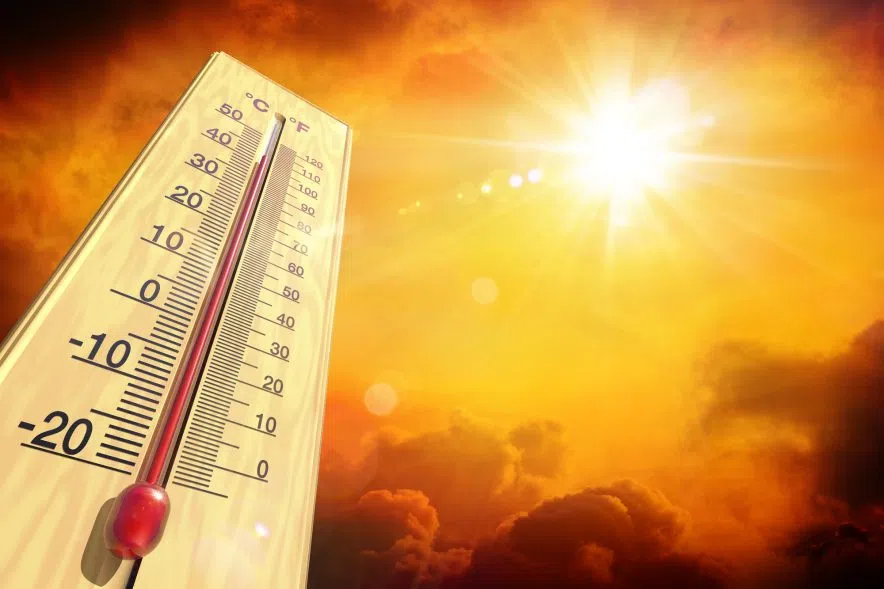The real risk of heatstroke accompanies the extreme heat warnings in Saskatchewan this weekend. Here is everything you need to know:
What is heatstroke?
The Saskatchewan Health Authority (SHA) says classic heatstroke can develop without exertion when a person is exposed to a hot environment and the body is unable to cool itself effectively. The body’s ability to sweat and transfer the heat to the environment is reduced. and a person with heatstroke may stop sweating.
Classic heatstroke may develop over several days, and babies, older adults, and people with chronic health problems are at the greatest risk.
Exertional heatstroke may develop when a person is working or exercising in a hot environment. A person with heatstroke from exertion may sweat profusely, but the body still produces more heat than it can lose. This causes the body’s temperature to rise.
What are the symptoms?
“These people have altered levels of consciousness. They’re dizzy, they’re confused, they’re maybe going in and out of consciousness and they’ve stopped sweating,” family physician Dr. Carla Holinaty told 980 CJME in 2023.
“They just don’t have that capacity anymore and now their skin is dry.”
Read more
- Carmichael Outreach ready to help vulnerable people ahead of heat wave
- People turn to Wascana Lake in midst of summer heat
What can I do?
Heatstroke is a medical emergency and people should call 9-1-1 as soon as they notice someone showing signs of heatstroke.
After calling for help, Holinaty said it’s important to cool the afflicted person down by moving them to a cool, shady place or using cold, wet towels to lower their body temperature.
“I wouldn’t be trying to get them to drink a whole lot of liquid, especially if they’re quite confused or kind of coming in and out of consciousness, because we don’t want them to choke,” she said.
What about heat exhaustion?
Heat exhaustion is milder than heat stroke.
“We tend to see people get headaches or muscle cramps. Sometimes they get nauseous. Sometimes they might feel a little bit dizzy or weak,” Holinaty said. “Their body temperature is not so high that it’s dangerous.”
The SHA says heat exhaustion occurs when you can’t sweat enough to cool your body. It can develop when you work or exercise in hot weather and don’t drink enough liquids to replace the fluids you lose from sweating a lot. Heat exhaustion can be caused by loss of fluid (dehydration) or loss of electrolytes.
Symptoms of heat exhaustion include fatigue, weakness, headache, dizziness, and nausea. Also, the skin is pale, cool, and moist.
Mild heat exhaustion may sometimes cause fainting but it doesn’t cause a change in your mental alertness and usually can be treated at home.
What other conditions can be cause by hot temperatures?
SHA says that heat-related illnesses include:
- Heat rash (prickly heat) that happens when the sweat ducts to the skin become blocked or swell, causing discomfort and itching.
- Heat cramps, which can occur in muscles during and after exercise because sweating caused the body to lose water, salt, and minerals (electrolytes).
- Heat edema — swelling in the legs and hands that can happen when you sit or stand for a long time in the heat.
- Heat tetany (hyperventilation and heat stress), which is usually caused by short periods of stress in a hot environment.
- Heat syncope (fainting) brought about by low blood pressure when heat causes the blood vessels to expand (dilate). Then body fluids move into the legs because of gravity.
With 980 CJME files
Read more
- Carmichael Outreach ready to help vulnerable people ahead of heat wave
- People turn to Wascana Lake in midst of summer heat











